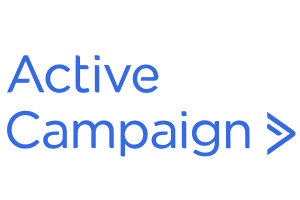Shoveling Shit: The Messy Truth of Entrepreneurship written by John Jantsch read more at Duct Tape Marketing
 Episode Summary
Episode Summary
About Mike and Kass Lazerow
Mike Lazerow is a veteran tech entrepreneur and investor, having founded several ventures including Buddy Media, which was acquired by Salesforce for $745 million. He currently co-leads Founders Farm and Velos Partners, investing in and mentoring early-stage companies.
Kass Lazerow is an expert operator and co-founder with a sharp eye for systems, scaling, and execution. She’s worked side-by-side with Mike for over two decades. Together, they’ve supported nearly 100 startups and contributed to over $10 billion in realized gains.
Learn more about their work at shovelingshit.com.
What You’ll Learn in This Episode
- Why entrepreneurship is more about daily failure than sudden wins
- The “imbalanced life” framework and why work-life balance is a myth
- How Mike and Kass divide roles in business and marriage
- The role of transparency and communication in leading teams
- Key cheat codes from the book that every entrepreneur should know
- When to pivot and how to use metrics (and your gut) to decide
- How embracing uncertainty becomes a competitive advantage
- What legacy looks like for entrepreneurs focused on impact
Key Moments from the Episode
- 00:47 – Why “Shoveling Shit” was the right title for their book
- 02:12 – How their strengths as co-founders (and spouses) complement each other
- 04:24 – The imbalanced life: choosing obsession over balance
- 06:06 – Parenting while building businesses: honest trade-offs
- 08:31 – Mike’s favorite cheat code: ruthless prioritization
- 09:36 – Kass’s favorite cheat code: transparent leadership
- 10:45 – The importance of learning to thrive inside uncertainty
- 13:02 – Lessons from the dot-com crash and losing it all
- 14:56 – The cost of poor co-founder alignment
- 16:27 – How investors guide pivots through better questions
- 18:26 – Revisiting success metrics to know when change is needed
- 19:31 – What legacy means to Mike and Kass
- 21:31 – Where to find the book and connect with them online
Explore the Real Story of Entrepreneurship
Want a gritty, heartfelt look into what it takes to build something real? Pick up Shoveling Shit: A Love Story and explore tools, stories, and frameworks to help you succeed in both business and life.


